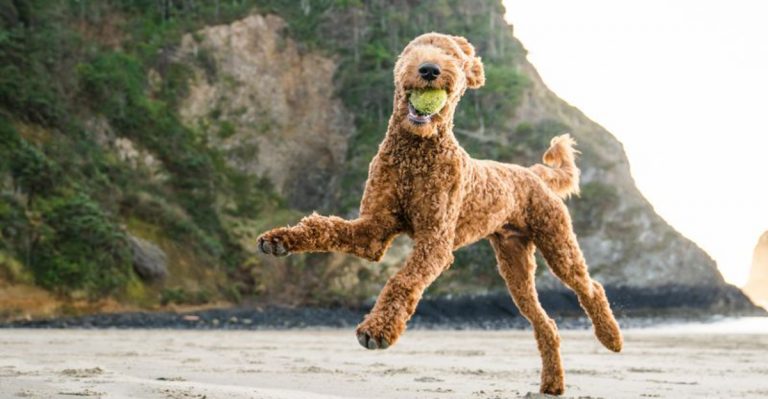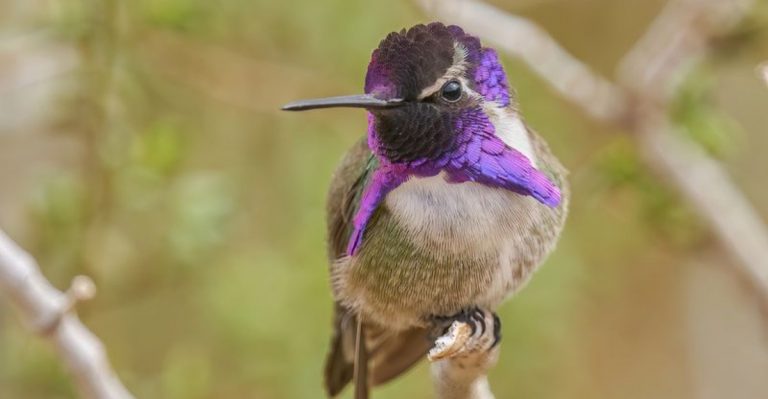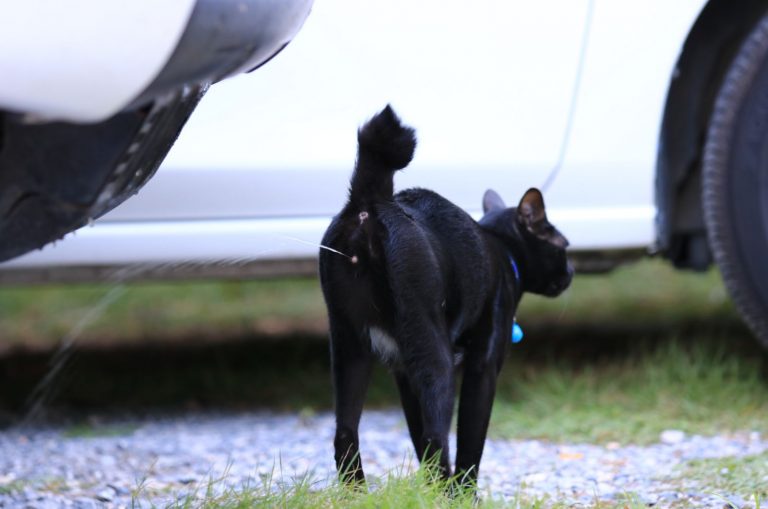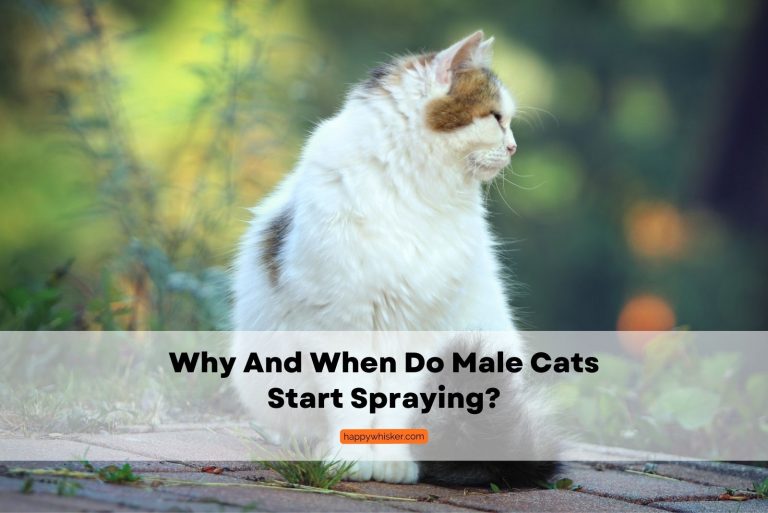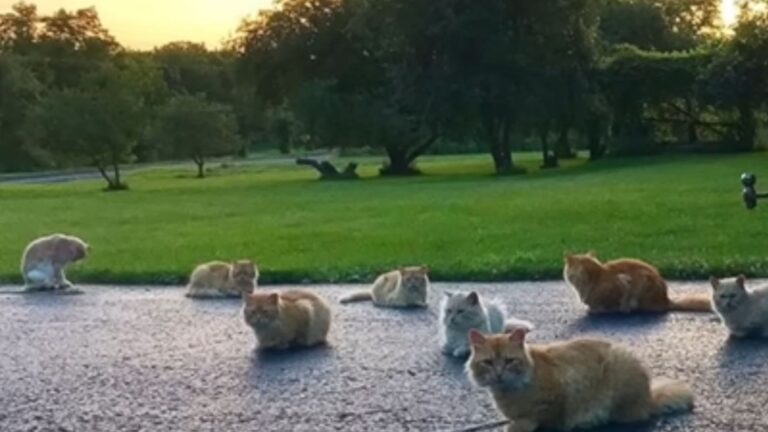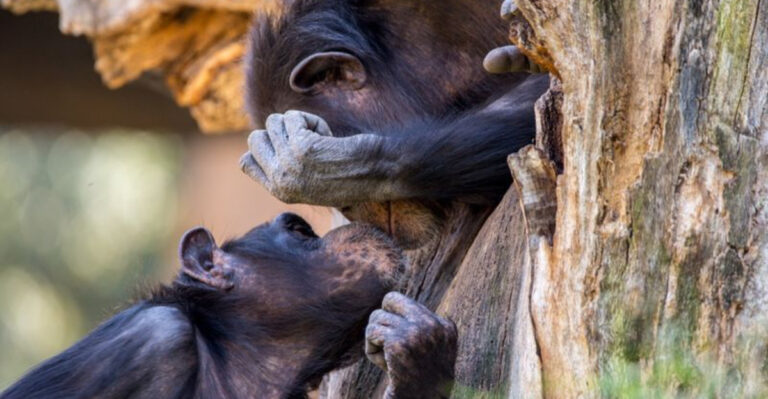These Are The Most Popular Dog Breeds In New York City And Why Everyone Wants Them
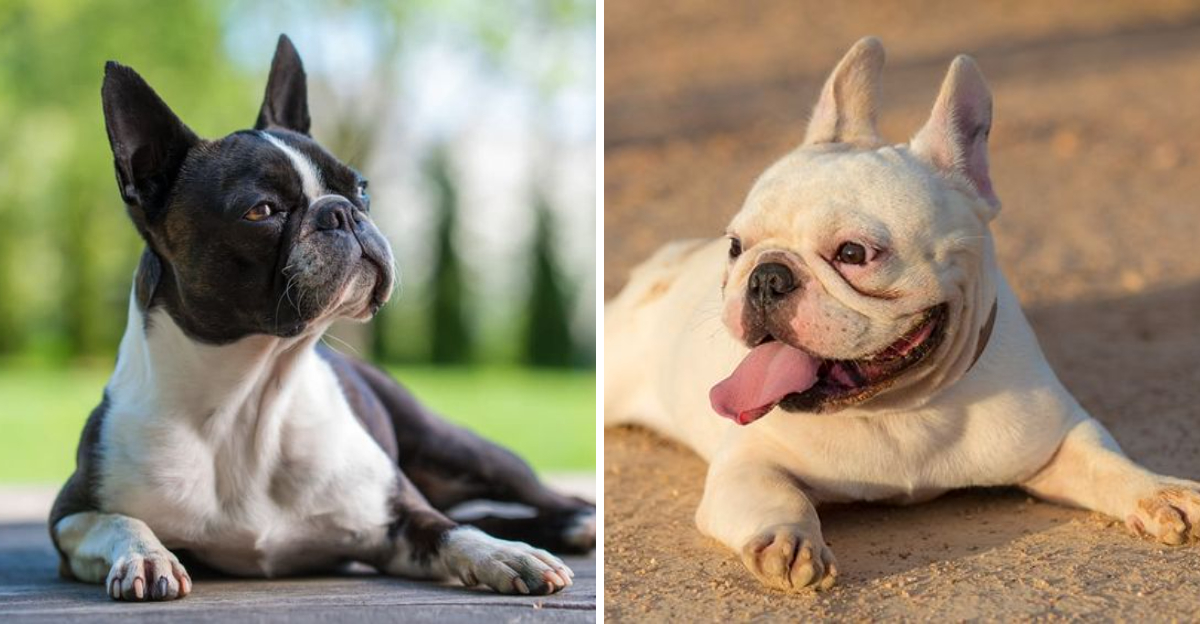
New York City’s sidewalks are a parade of paws, with countless dogs strutting alongside their owners. From the bustling streets of Manhattan to the tree-lined avenues of Brooklyn, each neighborhood showcases a vibrant tapestry of canine companions.
The city’s unique lifestyle has shaped distinctive preferences in dog breeds, with New Yorkers gravitating toward pets that can thrive in urban environments while bringing joy to compact living spaces.
Poodle
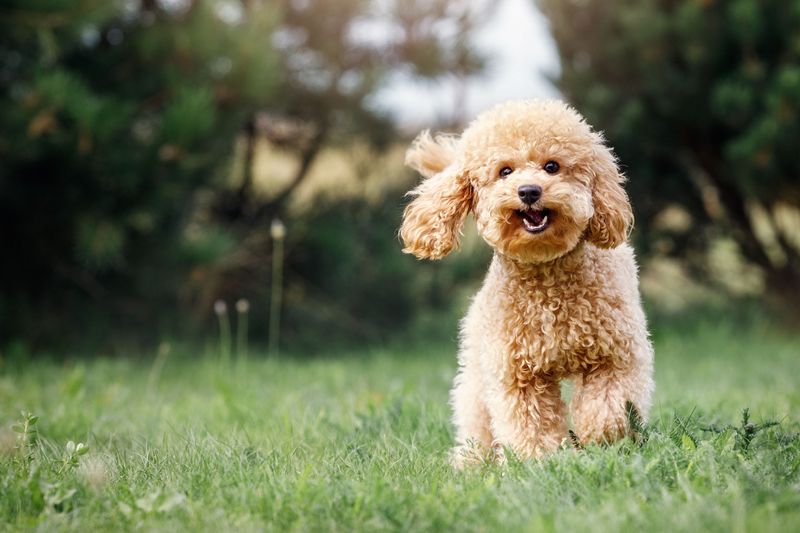
Smartest dogs on the block, Poodles come in three sizes—toy, miniature, and standard—giving New Yorkers options for any apartment size. Their hypoallergenic coats shed minimally, a blessing for clean-freaks in small spaces.
Beyond their sophisticated appearance, Poodles possess problem-solving skills that astonish even veteran dog owners. These versatile canines adapt seamlessly to city life, whether lounging in luxury high-rises or romping through dog parks.
French Bulldog
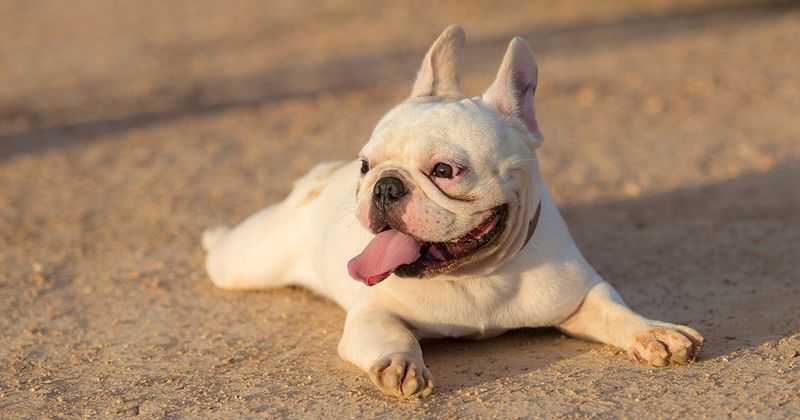
Compact and charismatic, French Bulldogs rule NYC’s dog scene with their bat-like ears and smushed faces. These apartment-friendly pups don’t need much exercise, making them perfect for busy city dwellers.
Their quiet nature means minimal barking—a precious quality in thin-walled apartment buildings. Despite their laid-back attitude, Frenchies bring boundless personality to even the smallest Manhattan studio.
Golden Retriever
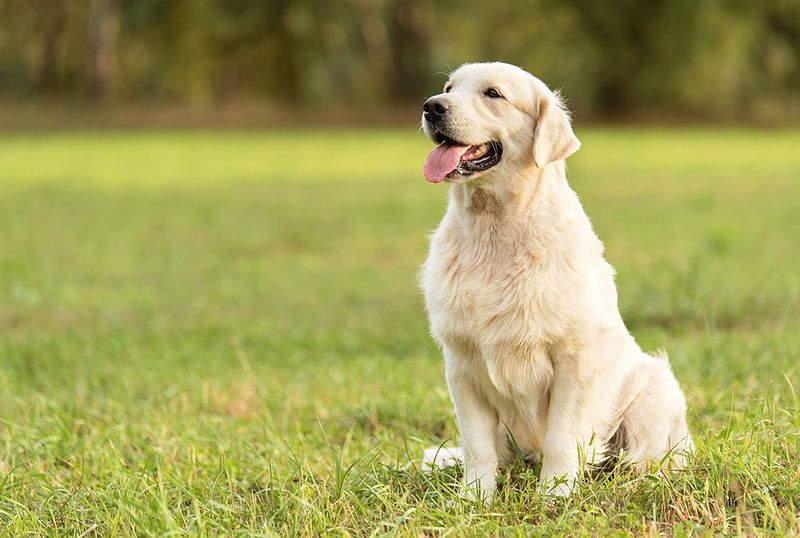
Sunshine in fur form, Golden Retrievers bring suburban warmth to city living. These sociable sweethearts thrive in family-filled neighborhoods like Park Slope and the Upper West Side, where they can greet every passerby.
Their patience with children makes them playground favorites. Though requiring daily exercise, Goldens reward the effort with unwavering loyalty and that famous smile that brightens even the grayest New York winter day.
Labrador Retriever
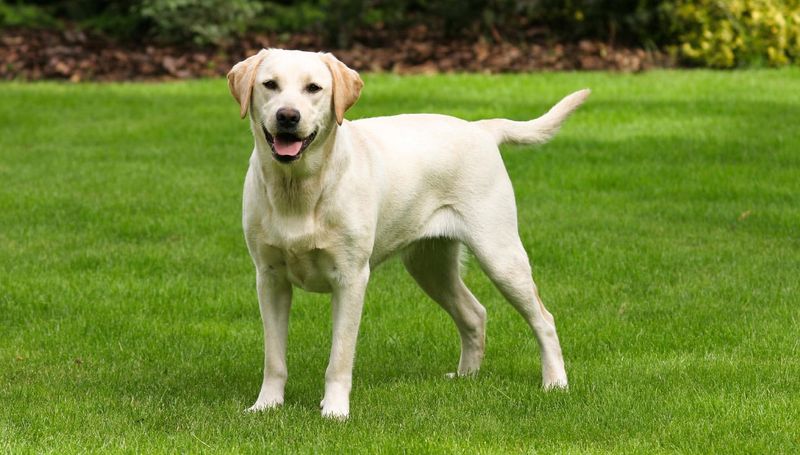
Athletic and adaptable, Labs tackle city life with boundless enthusiasm. Morning jogs along the Hudson River, afternoon fetch in dog parks—these energetic companions match New York’s never-sleep pace.
Their friendly temperament makes them ambassadors in dog-friendly establishments across the boroughs. Originally bred as working dogs, Labs bring purpose-driven energy to urban settings, happily carrying groceries from Trader Joe’s or accompanying owners on subway adventures.
Pembroke Welsh Corgi
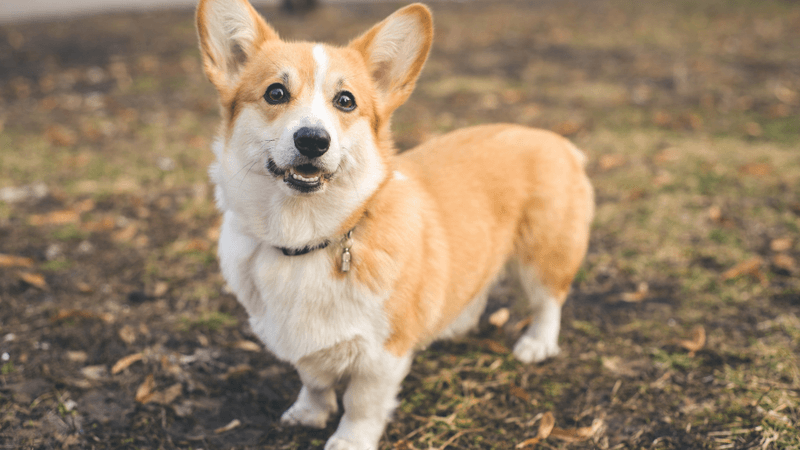
Short-legged but mighty, Corgis have captured New York hearts with their fox-like faces and perpetual smiles. These royal favorites (Queen Elizabeth’s preferred breed) bring aristocratic charm to walkups and doorman buildings alike.
Social media has amplified their popularity—their expressive faces and loaf-shaped bodies generate Instagram gold. Despite their small stature, Corgis pack surprising energy and intelligence into those sturdy frames, making them entertaining companions for city adventures.
Dachshund
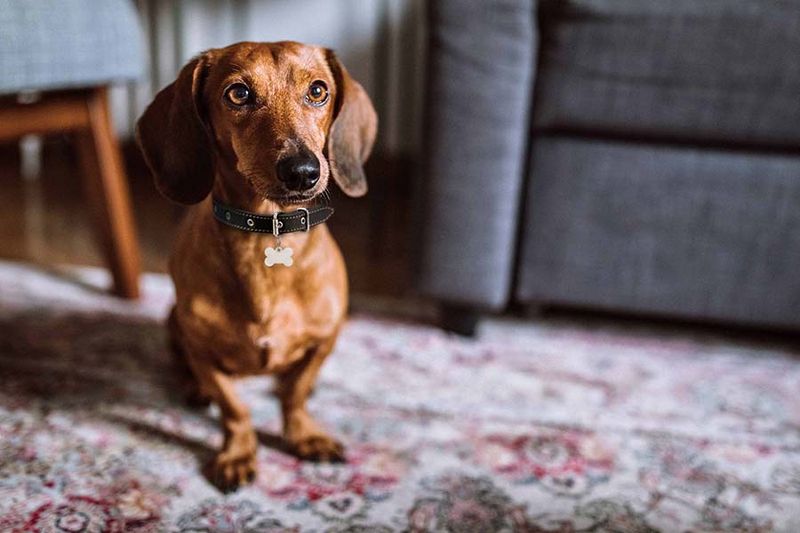
“Hot dogs on legs” perfectly describes these elongated charmers strutting through NYC streets. Their compact size makes them apartment darlings, while their bold personalities ensure they’re never overlooked despite their stature.
Dachshunds bring historical flair—they were originally bred to hunt badgers, explaining their surprising courage. New Yorkers appreciate their distinctive silhouettes and the way these little dogs confidently navigate crowded sidewalks with surprising authority.
Cavalier King Charles Spaniel
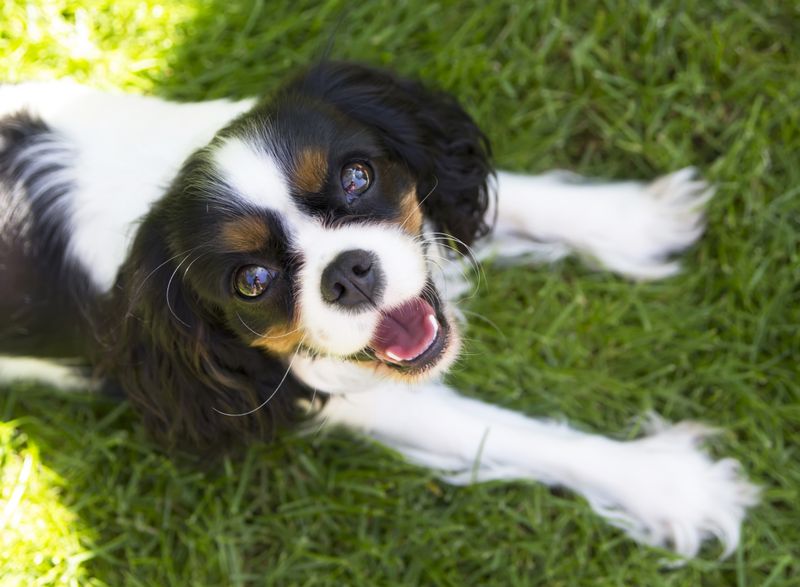
With eyes that melt the coldest hearts, Cavaliers bring aristocratic gentleness to New York apartments. These silky-eared sweethearts adapt to any lifestyle—content to cuddle during Netflix marathons or accompany owners to dog-friendly brunches.
Historical royalty favored these companions, and modern New Yorkers continue the tradition. Their moderate exercise needs make them perfect for city dwellers who prefer leisurely strolls to intense workouts, while their friendly nature wins them admirers throughout the five boroughs.
Yorkshire Terrier
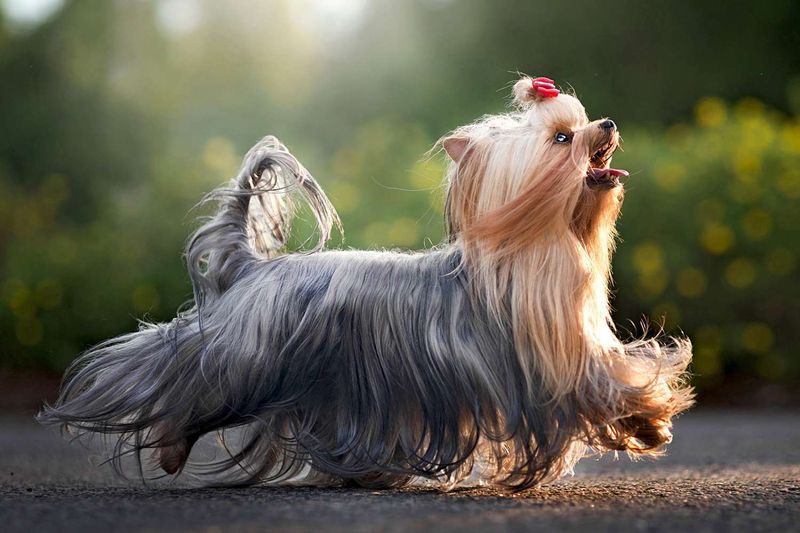
Featherweight champions of Manhattan’s luxury buildings, Yorkies pack superstar personality into tiny packages. Their silky, hypoallergenic coats can be styled as elaborately as their owners’ hair, making them fashion icons on leashes.
Despite weighing under seven pounds, these former rat-catchers possess terrier tenacity. New Yorkers love their portability—these pint-sized pups tuck into designer carriers for subway rides or shopping expeditions, bringing glamour to every neighborhood they grace.
Shih Tzu
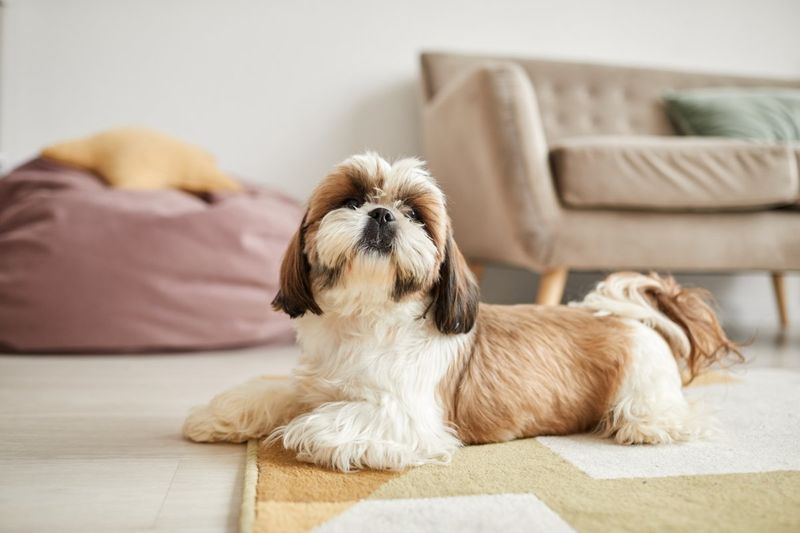
“Little lion dogs” with flowing manes, Shih Tzus bring imperial elegance to city apartments. Unlike high-strung small breeds, these ancient companions maintain zen-like calm amid urban chaos—perfect for New York’s sensory overload.
Their exercise needs align perfectly with apartment living—short walks satisfy them completely. New Yorkers appreciate their adaptability to small spaces and their friendly disposition toward neighbors, building staff, and delivery people, making them ideal community members.
Maltese
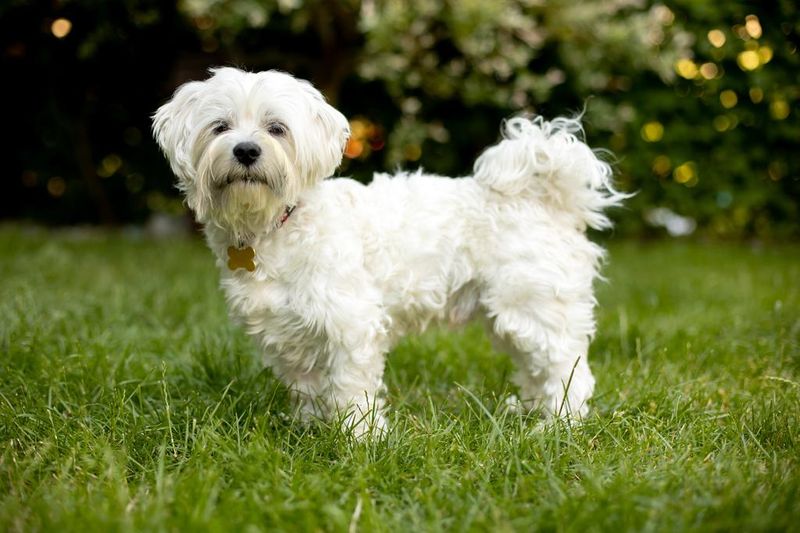
White-coated aristocrats with ancient Mediterranean heritage, Maltese dogs bring cloud-like fluffiness to New York’s concrete landscape. Their minimal shedding makes them favorites in pristine apartments, while their playful spirit contradicts their refined appearance.
Historically cherished by nobility, today they rule over Brooklyn brownstones and Manhattan high-rises with equal grace. These social butterflies thrive on attention, making them perfect companions for New Yorkers who enjoy neighborhood strolls where their striking appearance draws admiring glances.
Chihuahua
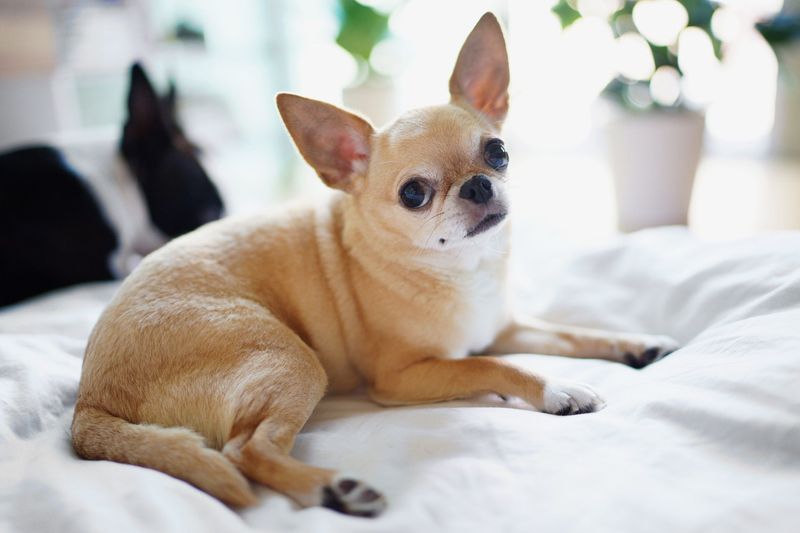
Subway-sized and streetwise, Chihuahuas navigate city life with surprising confidence. These pocket-sized companions weigh under six pounds but carry themselves with the attitude of dogs ten times their size.
Their minimal exercise requirements suit busy urbanites, while their loyalty creates fierce bonds with owners. New Yorkers appreciate their space efficiency—they require tiny beds, minimal food, and can exercise adequately even in studio apartments, making them economical city companions.
Boston Terrier
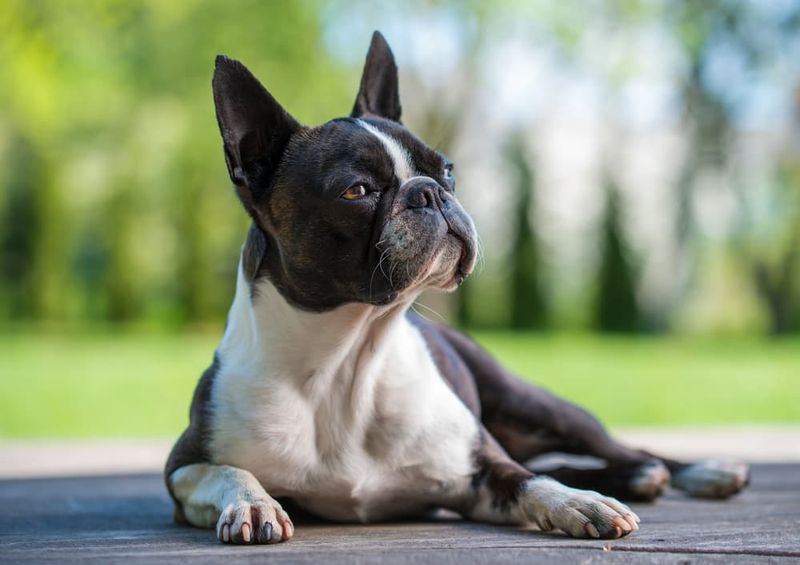
Tuxedo-clad without trying, Boston Terriers bring old-school charm to modern New York. Their distinctive black-and-white markings look perpetually dressed for a Broadway opening night, while their compact build navigates crowded sidewalks with ease.
Originally bred as fighting dogs, today’s Bostons prefer comedy to conflict—their expressive faces and playful antics entertain apartment dwellers and doormen alike. Their moderate energy levels match perfectly with city rhythms, making them ideal companions for active urbanites.
Beagle
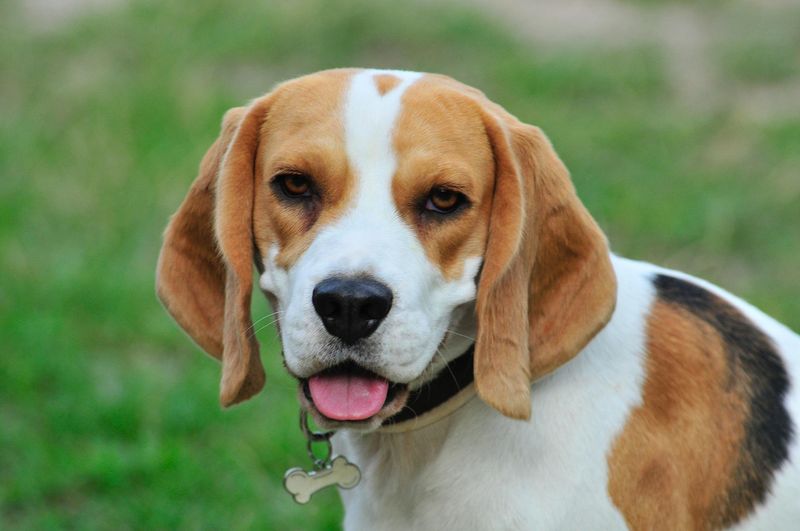
Snoopy’s real-life counterparts bring cartoon-like cheerfulness to New York neighborhoods. These historically hunting dogs have adapted to urban terrain, using their legendary noses to investigate every fascinating city scent from street food to fire hydrants.
Their moderate size fits perfectly in city apartments while their friendly temperament makes them neighborhood favorites. New Yorkers should note their melodious howls—a charming trait in parks but potentially challenging in apartments with noise-sensitive neighbors.
Mixed Breeds
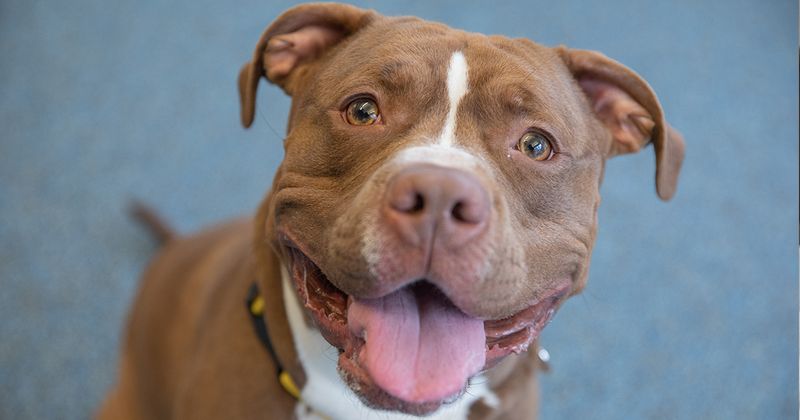
Adoption culture has transformed NYC’s dog scene, with rescue mixed breeds becoming status symbols more coveted than purebreds. These one-of-a-kind canines bring unique combinations of traits perfectly suited to urban living.
From “doodle” mixes combining poodle intelligence with various breeds’ traits to shelter rescues with mysterious heritage, these dogs represent New York’s melting pot spirit. Their rising popularity reflects changing values—New Yorkers increasingly prize individuality and rescue stories over pedigree papers.
Factors Influencing Dog Breed Popularity In NYC
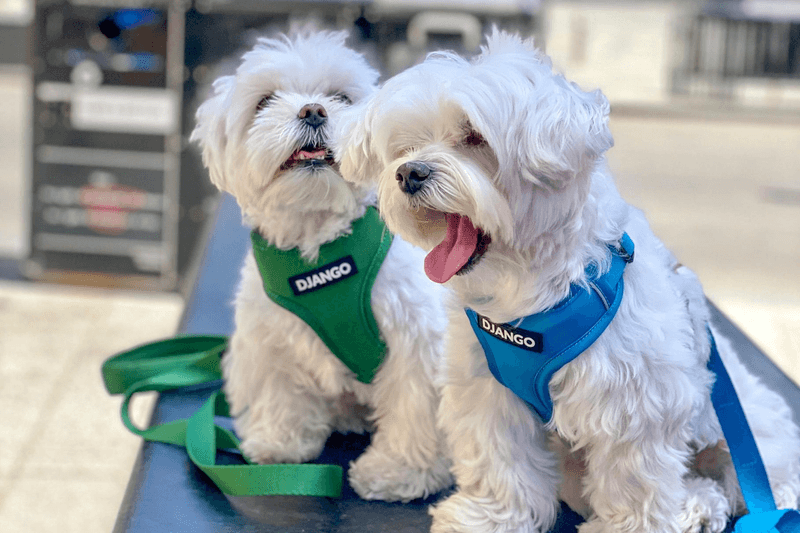
Space constraints reign supreme in breed selection—Manhattan’s average apartment size of 700 square feet naturally favors smaller dogs. Building restrictions further narrow choices, with many establishments imposing weight limits or breed restrictions.
Celebrity influence cannot be underestimated—when famous New Yorkers showcase certain breeds on social media, adoption rates soar. Practical considerations like shedding, barking tendencies, and exercise requirements ultimately determine which breeds thrive in the concrete jungle.

